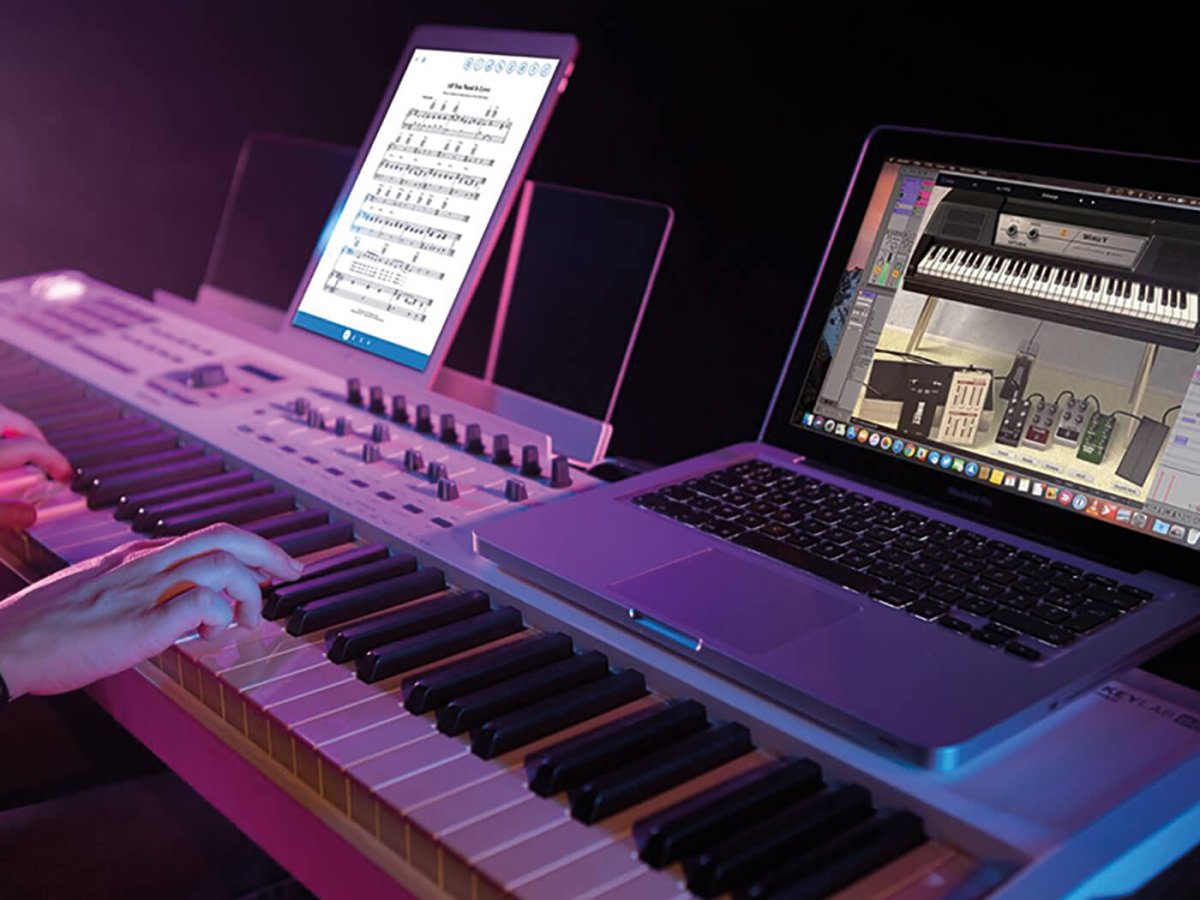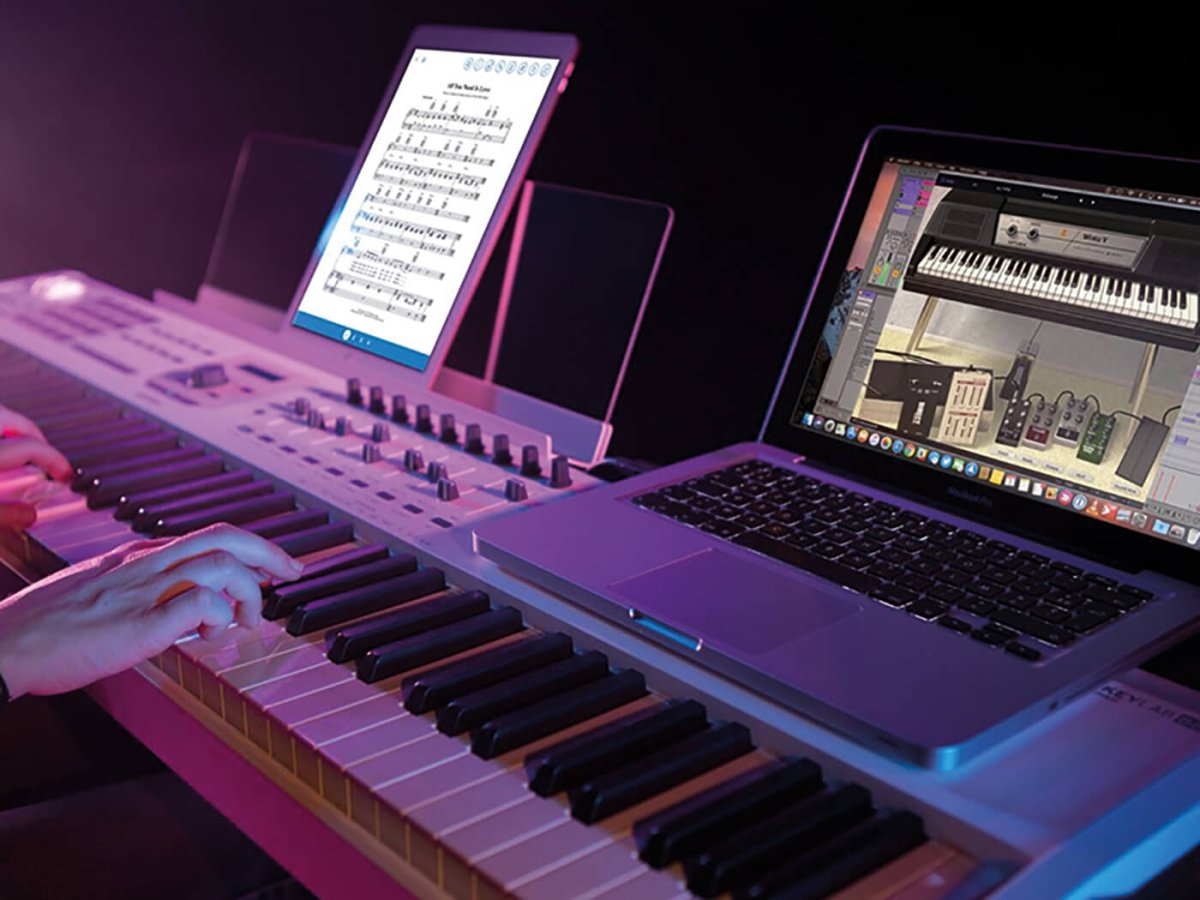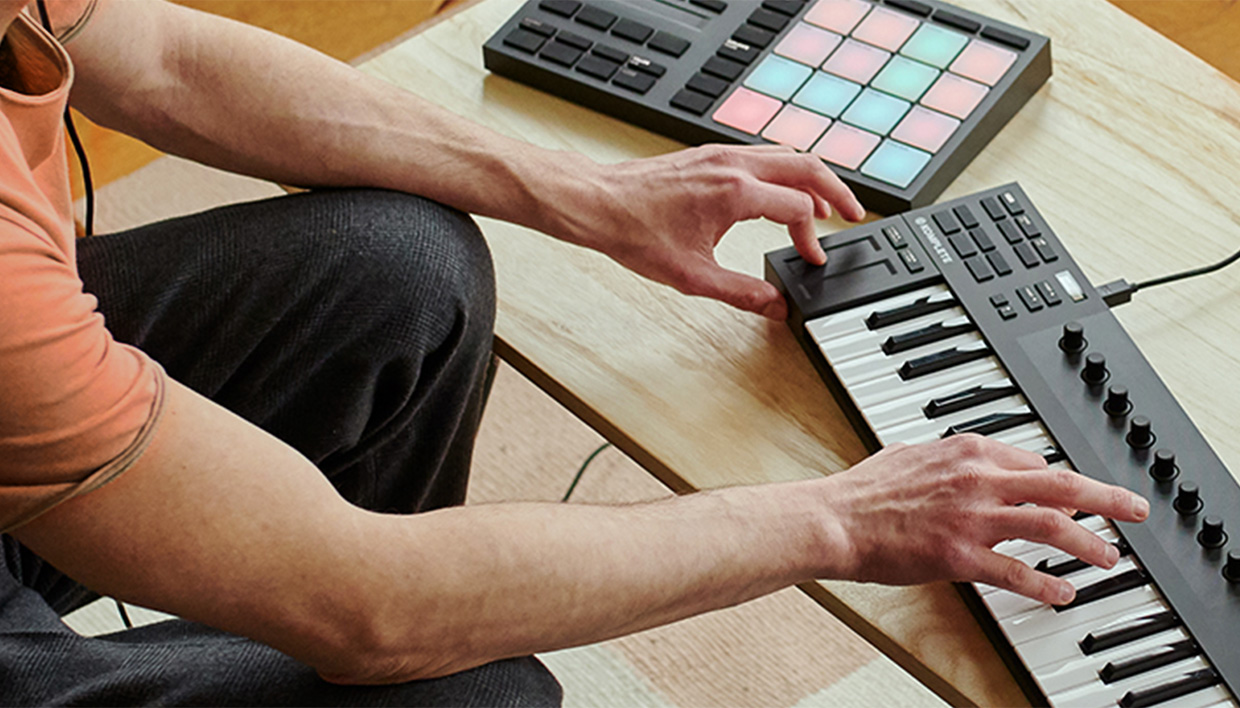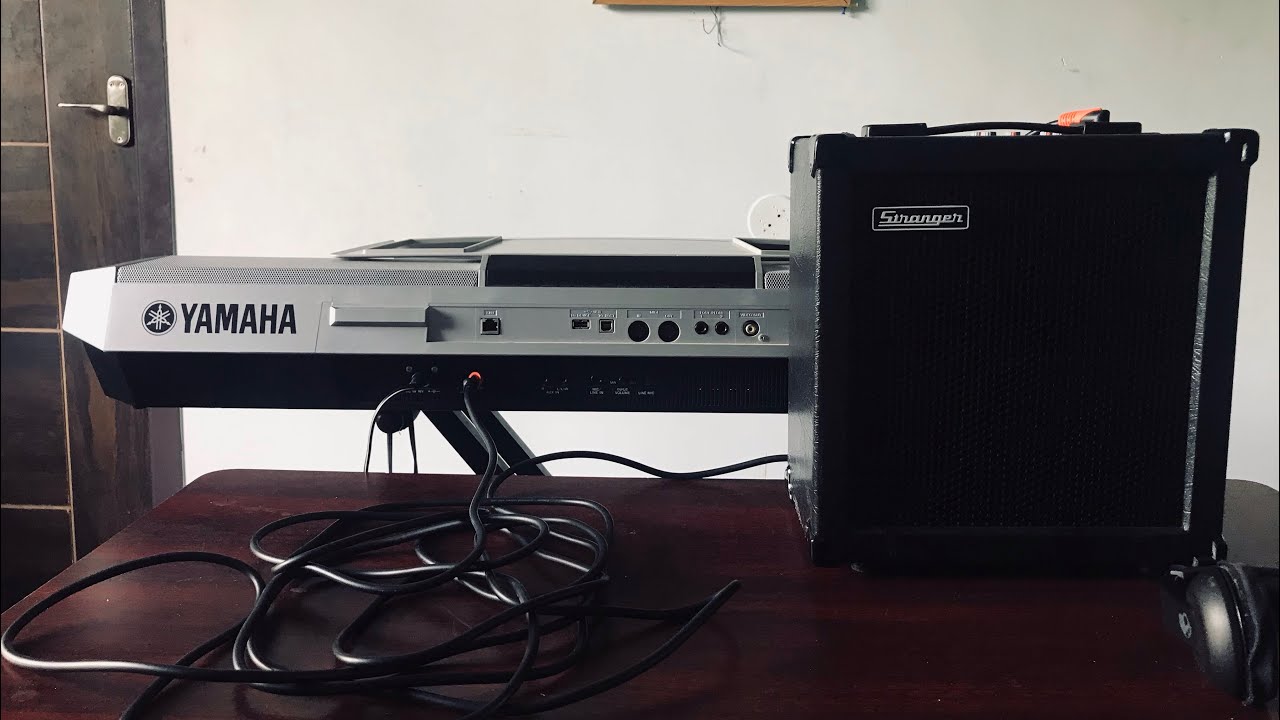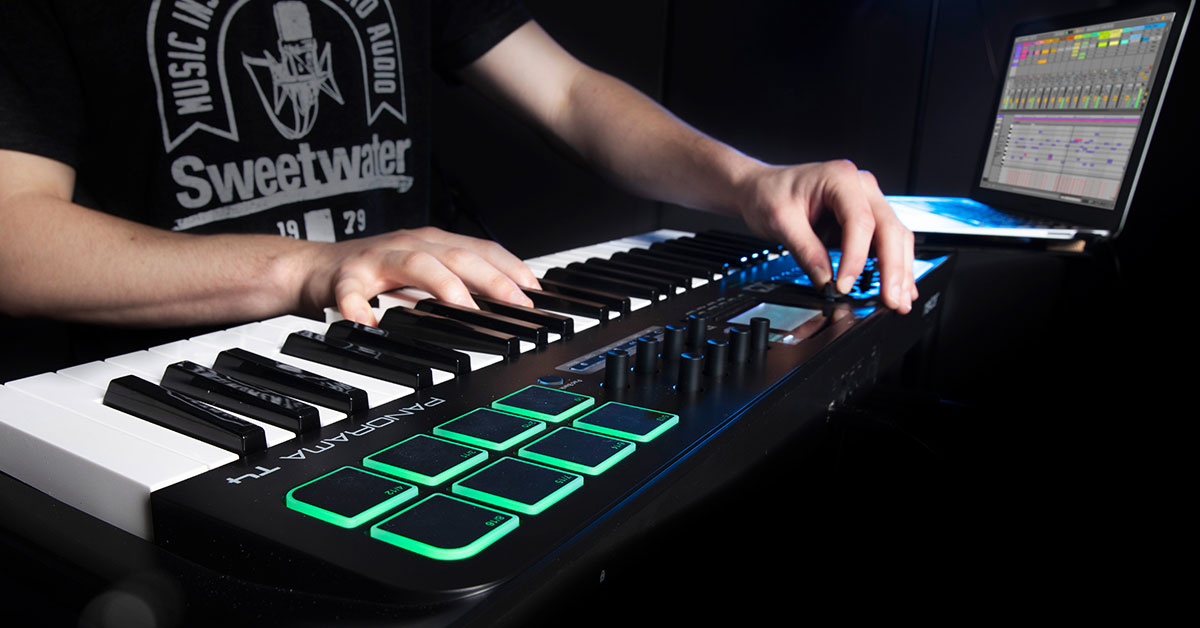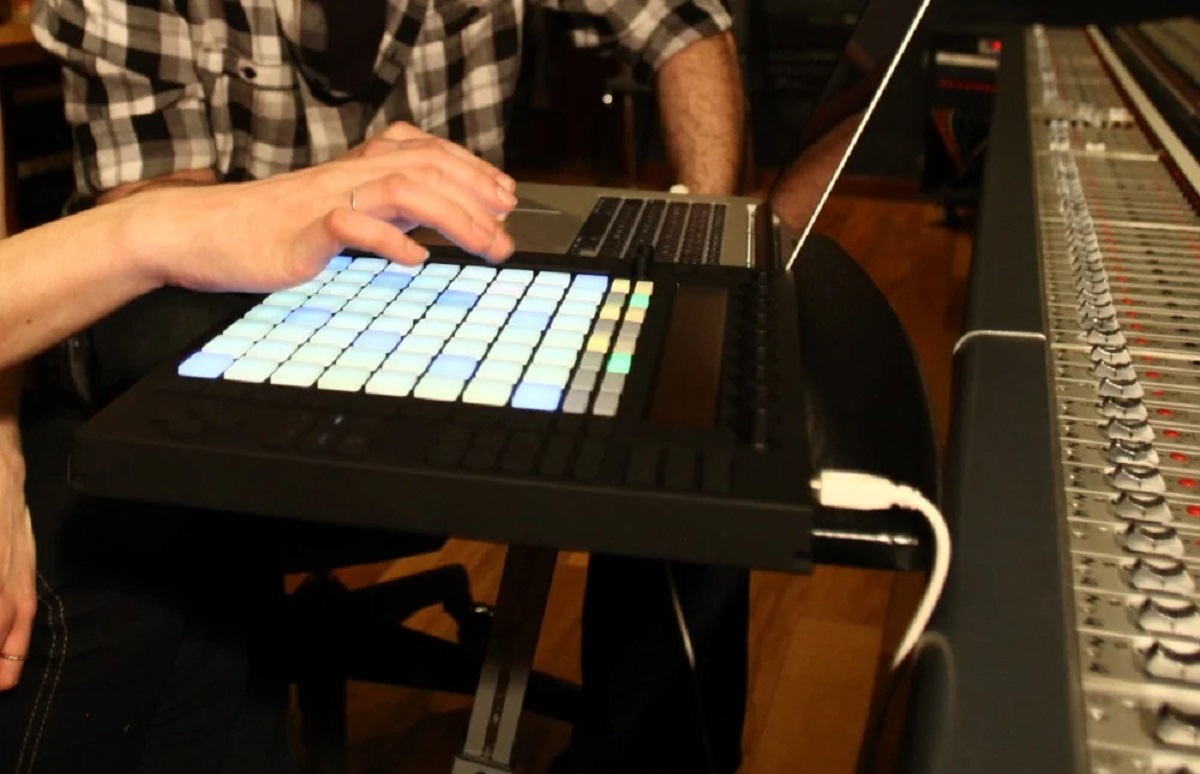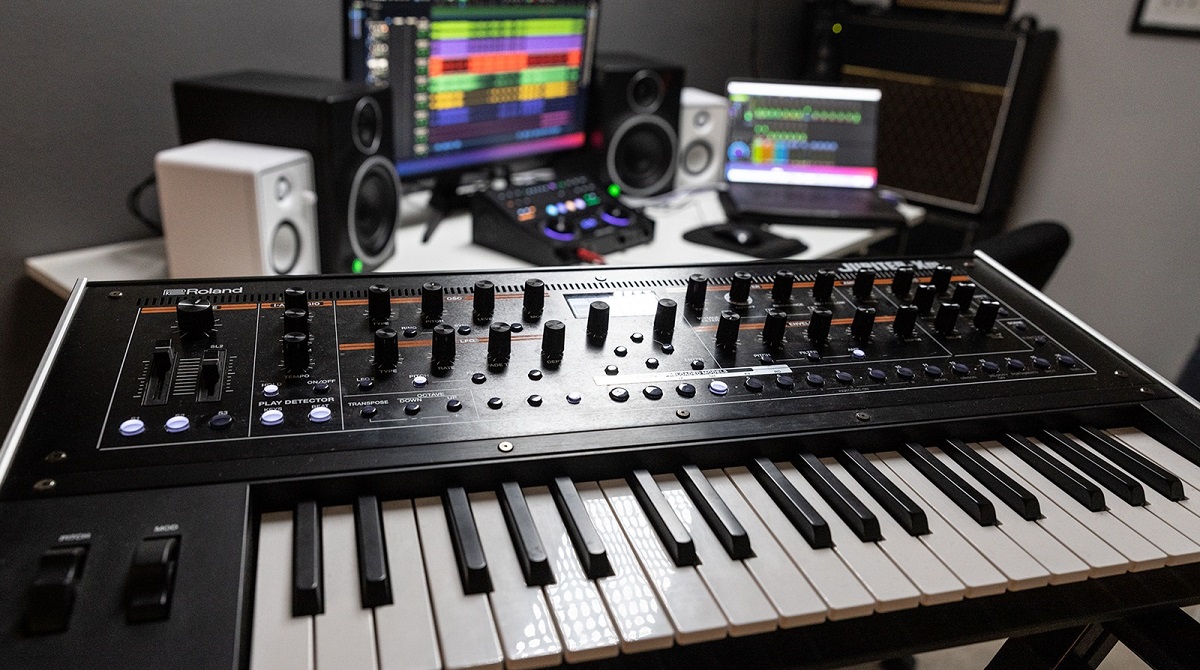Introduction
When it comes to creating music, the right equipment can make all the difference. Two essential tools for musicians and producers are the MIDI keyboard and the traditional keyboard. While both are used for playing music, they serve different purposes and have distinct features that cater to specific needs. Understanding the differences between these two instruments is crucial for anyone looking to invest in a new musical tool. In this article, we will delve into the nuances of MIDI keyboards and traditional keyboards, explore their unique characteristics, and provide insights into choosing the right one for your musical endeavors.
Whether you’re a budding musician, a seasoned producer, or simply curious about the world of music technology, this guide will equip you with the knowledge to discern between these two instruments and make an informed decision. Let’s embark on a musical journey to unravel the disparities and similarities between MIDI keyboards and traditional keyboards, shedding light on their functionalities, capabilities, and the best scenarios for their respective use.
What Is a MIDI Keyboard?
A MIDI (Musical Instrument Digital Interface) keyboard is a versatile electronic instrument that uses MIDI protocol to communicate musical information to other devices, such as computers, synthesizers, and sound modules. Unlike traditional keyboards, MIDI keyboards do not produce sound on their own. Instead, they rely on external devices to generate audio based on the input received through the keys. MIDI keyboards come in various sizes, ranging from compact, portable controllers to full-sized, piano-style keyboards, catering to the diverse needs of musicians and producers.
One of the key advantages of MIDI keyboards is their ability to trigger and manipulate a wide array of virtual instruments and digital audio workstations (DAWs). These keyboards often feature assignable knobs, sliders, and pads that can be mapped to control parameters within music production software, offering a hands-on approach to shaping sounds and creating expressive performances. Additionally, MIDI keyboards are known for their seamless integration with computer-based music setups, making them indispensable tools for modern music production and live performances.
Furthermore, MIDI keyboards are prized for their portability and connectivity options. Many models are USB-powered, allowing for convenient use with laptops and mobile devices, making them ideal for on-the-go music production. With the ability to connect to computers, tablets, and smartphones, MIDI keyboards empower musicians to unleash their creativity in various environments, whether in the studio, on stage, or while traveling.
What Is a Keyboard?
A keyboard, also known as a digital piano or electronic keyboard, is a standalone musical instrument that is capable of producing sound independently. Unlike MIDI keyboards, traditional keyboards are equipped with built-in sound-generating mechanisms, such as sampled piano tones and a variety of instrument sounds, allowing for immediate audio output when the keys are played. These instruments often mimic the feel and response of acoustic pianos, providing a familiar playing experience for pianists and keyboardists.
Keyboards typically come in different configurations, including 61-key, 76-key, and 88-key models, with the latter resembling the standard size of a traditional acoustic piano. Some keyboards also feature weighted or semi-weighted keys, replicating the touch and resistance of acoustic piano keys, while others offer non-weighted, velocity-sensitive keys that cater to a broader range of musical styles and playing techniques.
Besides emulating piano sounds, keyboards are known for their versatility in producing a wide spectrum of instrument tones, from strings and brass to synthesizer and percussion sounds. This diversity enables musicians to explore various musical genres and styles, making keyboards popular choices for both beginners and experienced players seeking a multifaceted instrument for performance, practice, and composition.
Moreover, many modern keyboards come equipped with built-in accompaniment features, rhythm patterns, and recording capabilities, expanding their functionality beyond traditional piano sounds. These integrated features allow musicians to create full arrangements, experiment with different musical textures, and develop their musical ideas directly on the instrument, making keyboards valuable tools for songwriting, arranging, and live performances.
Key Differences Between a MIDI Keyboard and a Keyboard
While MIDI keyboards and traditional keyboards share the commonality of having keys for playing music, they differ significantly in their design, functionality, and intended use. Understanding the distinctions between these instruments is essential for musicians and producers seeking the right tool for their specific needs. Here are the key differences that set MIDI keyboards and traditional keyboards apart:
- Sound Generation: Perhaps the most fundamental difference lies in sound generation. Traditional keyboards are self-contained instruments that produce sound internally, whereas MIDI keyboards rely on external devices, such as computers or sound modules, to generate audio based on the MIDI data they transmit. This distinction determines the standalone capability of traditional keyboards and the dependence of MIDI keyboards on external hardware or software for sound production.
- Portability and Connectivity: MIDI keyboards are often designed with portability and connectivity in mind, featuring USB connectivity and compact form factors that make them suitable for mobile music production and live performances. On the other hand, traditional keyboards, especially full-sized models, may be less portable due to their built-in sound systems and larger form factors, which are akin to acoustic pianos.
- Integration with Music Production Software: MIDI keyboards are tailored for seamless integration with digital audio workstations (DAWs) and music production software. They often offer extensive control options, such as assignable knobs, sliders, and pads, allowing users to manipulate virtual instruments and software parameters with precision. In contrast, while some traditional keyboards may have limited integration with software, their primary focus is on delivering a wide range of built-in sounds and accompaniment features for standalone use.
- Playing Feel and Response: Traditional keyboards, particularly those with weighted or semi-weighted keys, aim to replicate the feel and response of acoustic pianos, providing a familiar playing experience for pianists. Conversely, MIDI keyboards may feature non-weighted, velocity-sensitive keys that cater to electronic music production and performance, offering a different tactile experience optimized for controlling software instruments and creating expressive performances.
- Instrument Versatility: While traditional keyboards encompass a broad range of instrument sounds, including pianos, organs, strings, and more, MIDI keyboards excel in triggering and manipulating virtual instruments and synthesizer sounds within a digital environment. Their versatility lies in their ability to adapt to different software instruments and produce a wide array of electronic sounds, making them indispensable tools for electronic music production and sound design.
By recognizing these key differences, musicians and producers can make informed decisions when selecting the ideal instrument to suit their musical preferences, performance requirements, and production workflows.
How to Choose Between a MIDI Keyboard and a Keyboard
When faced with the decision of choosing between a MIDI keyboard and a traditional keyboard, several factors come into play, each influencing the suitability of the instrument for specific musical contexts and individual preferences. To make an informed choice, consider the following aspects:
- Intended Use: Determine the primary purpose for which the instrument will be used. If you require a versatile tool for electronic music production, sound design, and seamless integration with music production software, a MIDI keyboard may be the preferred choice. Conversely, if you seek a standalone instrument with a wide range of built-in sounds and accompaniment features for live performance, practice, or traditional music composition, a keyboard may better meet your needs.
- Playing Experience: Assess your playing style and preferences. If you are accustomed to the feel and response of acoustic pianos or require weighted keys for expressive playing, a traditional keyboard with piano-like action may be more suitable. Alternatively, if you prioritize flexibility, portability, and tactile control for electronic music production, a MIDI keyboard with velocity-sensitive, non-weighted keys could align with your creative workflow.
- Sound Versatility: Consider the range of sounds and instruments you wish to explore. If you seek an instrument with diverse built-in sounds, accompaniment styles, and the ability to replicate traditional acoustic instruments, a keyboard may offer the sonic variety you desire. On the other hand, if you aim to delve into electronic music genres, experiment with virtual instruments, and shape unique sounds using music production software, a MIDI keyboard’s adaptability to software instruments and synthesizer sounds may better cater to your sonic aspirations.
- Integration and Control: Evaluate your requirements for interfacing with music production software and manipulating virtual instruments. If you prioritize hands-on control, parameter manipulation, and seamless integration with digital audio workstations, a MIDI keyboard’s assignable knobs, sliders, and pads, along with its compatibility with software instruments, can greatly enhance your creative process. Conversely, if you seek an instrument with immediate access to a wide range of built-in sounds and accompaniment features, a traditional keyboard’s self-contained nature may align with your performance and composition needs.
- Portability and Connectivity: Consider the practical aspects of portability and connectivity. If you require a compact, lightweight instrument that can easily integrate with laptops, tablets, and mobile devices for on-the-go music production and performance, a MIDI keyboard’s USB-powered, portable design may suit your mobility needs. Conversely, if you prioritize a standalone instrument with a robust built-in sound system and a full-sized keyboard for home practice, studio recording, or stage performance, a traditional keyboard’s self-contained nature and acoustic piano-like form factor may be more appropriate.
By carefully weighing these considerations, aspiring musicians, seasoned performers, and music producers can navigate the decision-making process and select the instrument that best aligns with their musical goals, creative workflows, and playing preferences.
Conclusion
As we conclude our exploration of MIDI keyboards and traditional keyboards, it becomes evident that these instruments cater to distinct musical pursuits and creative workflows. The MIDI keyboard, with its emphasis on digital integration, tactile control, and electronic music production, stands as a versatile tool for shaping virtual instruments and software sounds. On the other hand, the traditional keyboard, with its self-contained nature, diverse built-in sounds, and acoustic piano-like playing experience, serves as a comprehensive instrument for live performance, practice, and traditional music composition.
Ultimately, the choice between a MIDI keyboard and a traditional keyboard hinges on individual musical aspirations, playing preferences, and the specific demands of creative endeavors. Whether embarking on a journey into electronic music production, seeking a multifaceted instrument for live performance, or delving into the realm of traditional music composition, the distinct characteristics of MIDI keyboards and traditional keyboards offer musicians and producers a spectrum of options to suit their unique needs.
By understanding the key differences, assessing playing experiences, considering sound versatility, evaluating integration and control options, and weighing portability and connectivity factors, individuals can make informed decisions when selecting the ideal instrument to complement their musical expressions and creative visions. Whether forging sonic landscapes in a digital realm with a MIDI keyboard or delving into the rich tapestry of traditional sounds with a keyboard, both instruments stand as invaluable tools in the diverse landscape of music creation and performance.









